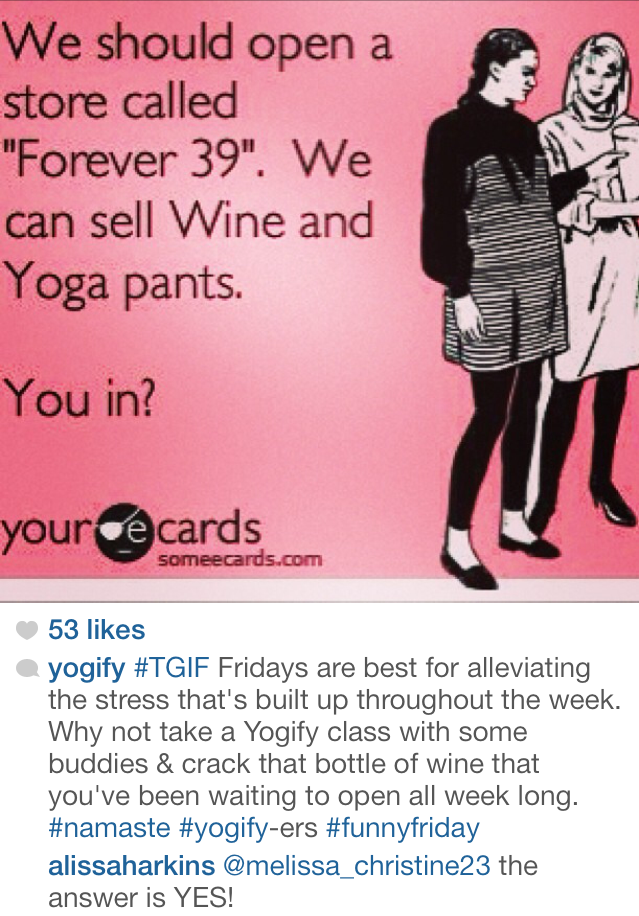Getting your business to appear on the first page of Google is crucial to be top of mind and relevant in the eye of your consumers. You can only do so much to improve your SEO – organic search results. Search engine marketing (SEM) is a tactic that can also improve a company’s page rank through paid promotions on search and display networks. The largest SEM vendor out there is Google AdWords, a tool that I have had the enjoyment of exploring in my eMarketing class. I will take a look at the basics of AdWords and why it makes sense for your business as well as tips for running a successful campaign.
The modus operandi for AdWords is a sponsored ad will appear above or to the right of organic search results when someone types in a search query that matches keywords identified in the running campaign.
Why it makes sense for your business:
- No Minimum Spend – You choose the maximum you’re willing to pay for each ad click and the total budget you want to spend each day. With that said, the more money you pay, the higher your ad will appear in the search rank.
- Niche Targeting – Instead of releasing ads that target the masses as in traditional advertising (TV, Print, OOH etc.), Adwords enables you to choose specifically when and where you would like your campaign to come up.
- Measurable Analytics – Between AdWords analytics and Google analytics, you’ll never be in the dark on how your campaigns are performing.
- The Marketer Has Complete Control – You’re sitting in the driver seat in every aspect of this campaign – the way the ad looks, who you want to target, what keywords you use, and how you want to allocate your budget. Additionally, you can stop, start, pause, and tweak the ad content at any given moment.
The key steps to execute a successful AdWords campaign are:
1) Identify your target market
To be successful and reach the people that will bring in a sale at the end of the day, think about the way that your potential customers are searching for your goods/services on Google. What keywords are they using? The more targeted your keywords, the less money you need to spend for your ad to appear. Beyond that, if your company is geo-specific, AdWords allows you to limit ad targeting based on a specified region (ex. city, country etc.).
2) Identify your budget
Budget wisely as money will fly if you don’t have daily budget caps. You can choose the maximum you want to pay for each click on your ad. Remember, there is no minimum spend and you are in complete control of this investment, therefore, feel free to change your daily budget to accommodate the needs of your company.
3) Choose your landing page wisely
It is important to first identify the objective of your campaign. For example, if it is an awareness campaign, think about the page that will best explain what your company is about.
For more information visit https://adwords.google.com/. To get started with your Google AdWords campaign check out this informative video: 











